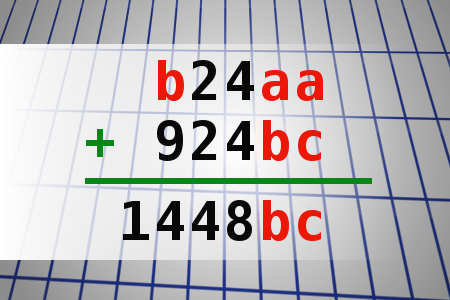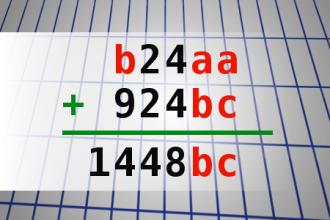Find number abc
If b24aa + 924bc = 1448bc find number abc. Multiple solutions may exist.Correct answers: 10
#brainteasers #math

The Generous Barber
After receiving a beautiful haircut, a doctor asks the barber, “How much do I owe you?” “Oh, I never charge a doctor,” the barber replies. “You all do such good, important work.” The next morning, the barber arrives at his shop and finds a thank you note and a bottle of wine on his doorstep from the doctor.Later that day, a police officer walks into the same barbershop. After a beautiful haircut, the police office asks the barber, “How much do I owe you?” “Oh, I never charge a police officer,” the barber replies. “You all do such good, important work.” The next morning, the barber arrives at his shop and finds a thank you note and a box of candy on his doorstep from the police officer. Later that day, a priest walks into the same barbershop. After a beautiful haircut, the priest asks the barber, “How much do I owe you?” “Oh, I never charge a priest,” the barber replies. “You all do such good, important work.” The next morning, the barber arrives at his shop and finds twelve priests on his doorstep.

